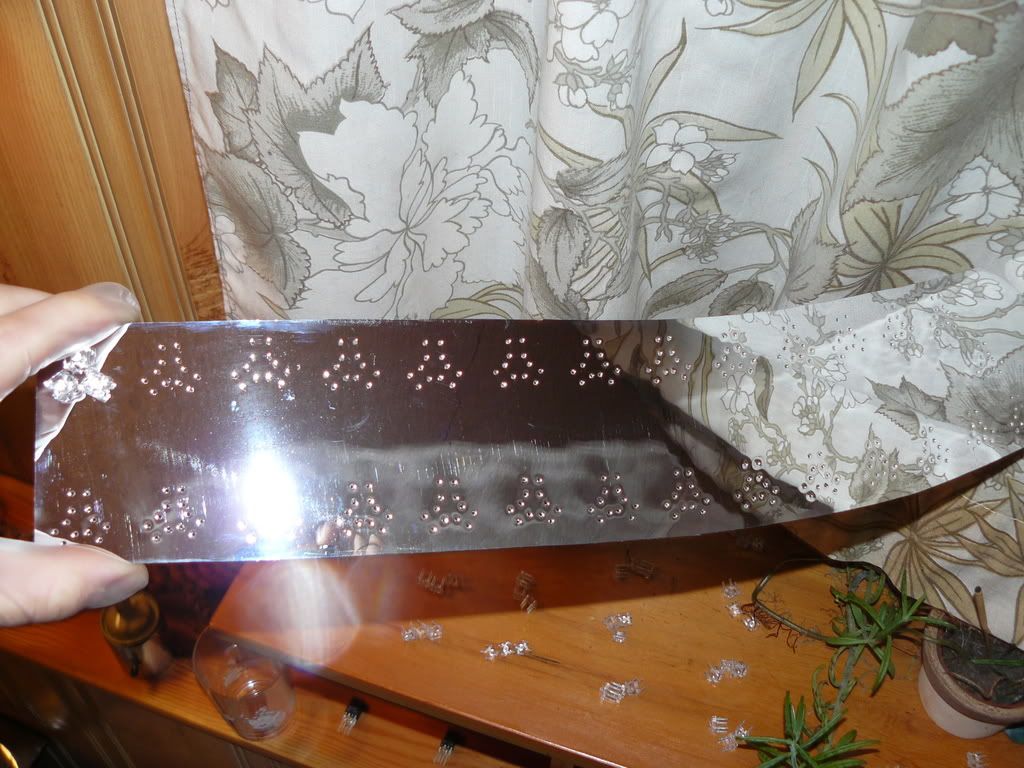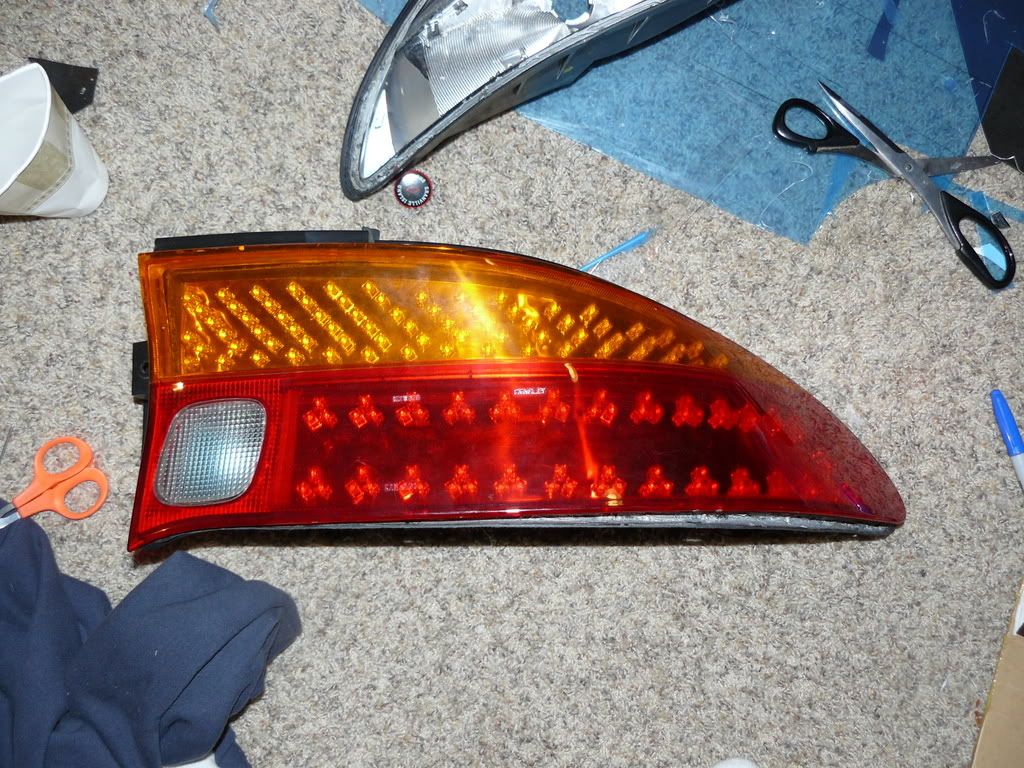Searching around on google I found this on another forum in reply to someone's question about a filter for automotive transient suppression:
"My standard input & load-dump protection circuit is a series diode
followed with a series 47R 5W resistor. The clamp is a P 1.5KE-33
(or 30V, depending on the regulator) transzorb. That works for me
because most of my stuff runs on 100mA or less.
That's been working reliably for many years in both automotive and
industrial (24V) applications."
and
"I've done a number of designs for 28V military vehicles. The usual circuit is a high
side switch that turns off before the max. regulator input voltage is
exceeded. On the input side of this is an LC filter (primarily for EMC) and
the output side has a TVS to catch the fast transients. The circuit is
designed to handle 100V for 100ms and 250V for 1uS. It helps to have an
automotive regulator on the input to the equipment because it raises the
voltage at which you have to turn off the circuit and gives more flexibility
with the TVS voltage."
Some good solid information.. The top solution would work for only the picaxe I suppose... and I thought it unreasonable to have a choke that could handle the full power of the LEDs, but I just came across this 75amp coil that's well priced... it just says "100" for impedance, I assume that's uH? why does impedance use the omega symbol? isn't that for ohms? ..something else I don't quite get, when you see devices like this with their frequency.. what is what? frequency of what? of a reoccurring transient? or is it a speed thing again (how fast it comes on) like transistors where 300mhz = 3ns ? according to the graphs in the data sheet this thing looks like it holds good impedance right until 1000mhz or 0.1ns.. am I understanding this properly? is it like response time?
So following military design guy's plans would this coil make a good choice for an LC filter for the whole shebang? ..I dunno what cap to pair with that though.. the 022uF X2 I have? or something else would work better?... I found a better TVS than the one shown above:
http://production.littelfuse.com/data/en/Data_Sheets/5kp_revised.pdf
5000W bidirectional to catch all fast transients on the other side of the LC.. I can go with 24v, 26v or 33v.. maybe 26v? not a huge choice I guess.. I dont' really know where to begin with the high side switch though.. I could start looking around I suppose.
Plus a 30amp diode before the coil.. and the regs have their 6amp diodes still which will make them work less dropping voltage..
This with a 250V 0.1uF ceramic at the beginning of everything and hopefully I can be done with this! This (what sometimes feels like) filtering propaganda has been the biggest pain of the whole project!
"My standard input & load-dump protection circuit is a series diode
followed with a series 47R 5W resistor. The clamp is a P 1.5KE-33
(or 30V, depending on the regulator) transzorb. That works for me
because most of my stuff runs on 100mA or less.
That's been working reliably for many years in both automotive and
industrial (24V) applications."
and
"I've done a number of designs for 28V military vehicles. The usual circuit is a high
side switch that turns off before the max. regulator input voltage is
exceeded. On the input side of this is an LC filter (primarily for EMC) and
the output side has a TVS to catch the fast transients. The circuit is
designed to handle 100V for 100ms and 250V for 1uS. It helps to have an
automotive regulator on the input to the equipment because it raises the
voltage at which you have to turn off the circuit and gives more flexibility
with the TVS voltage."
Some good solid information.. The top solution would work for only the picaxe I suppose... and I thought it unreasonable to have a choke that could handle the full power of the LEDs, but I just came across this 75amp coil that's well priced... it just says "100" for impedance, I assume that's uH? why does impedance use the omega symbol? isn't that for ohms? ..something else I don't quite get, when you see devices like this with their frequency.. what is what? frequency of what? of a reoccurring transient? or is it a speed thing again (how fast it comes on) like transistors where 300mhz = 3ns ? according to the graphs in the data sheet this thing looks like it holds good impedance right until 1000mhz or 0.1ns.. am I understanding this properly? is it like response time?
So following military design guy's plans would this coil make a good choice for an LC filter for the whole shebang? ..I dunno what cap to pair with that though.. the 022uF X2 I have? or something else would work better?... I found a better TVS than the one shown above:
http://production.littelfuse.com/data/en/Data_Sheets/5kp_revised.pdf
5000W bidirectional to catch all fast transients on the other side of the LC.. I can go with 24v, 26v or 33v.. maybe 26v? not a huge choice I guess.. I dont' really know where to begin with the high side switch though.. I could start looking around I suppose.
Plus a 30amp diode before the coil.. and the regs have their 6amp diodes still which will make them work less dropping voltage..
This with a 250V 0.1uF ceramic at the beginning of everything and hopefully I can be done with this! This (what sometimes feels like) filtering propaganda has been the biggest pain of the whole project!
Last edited:





